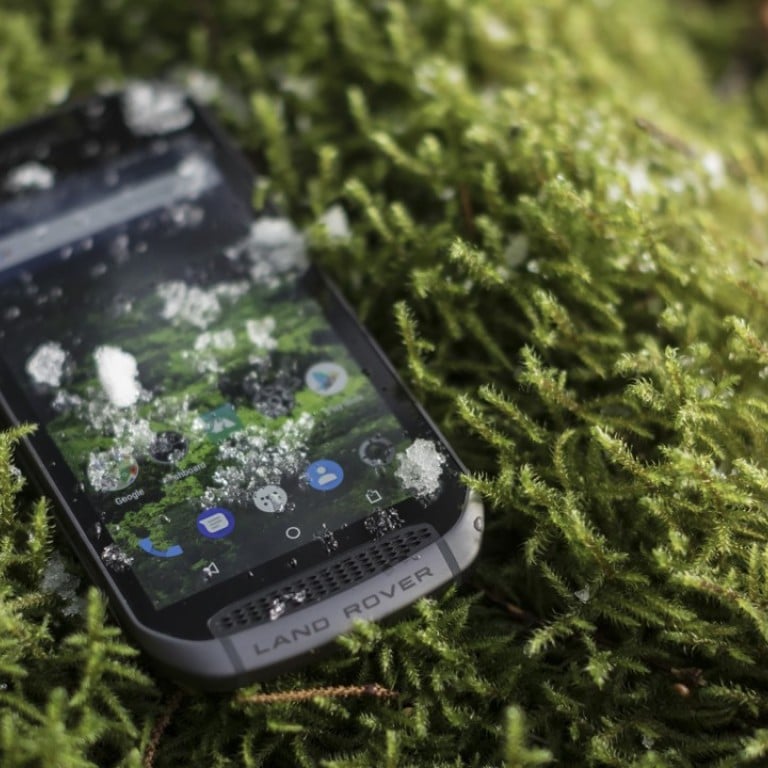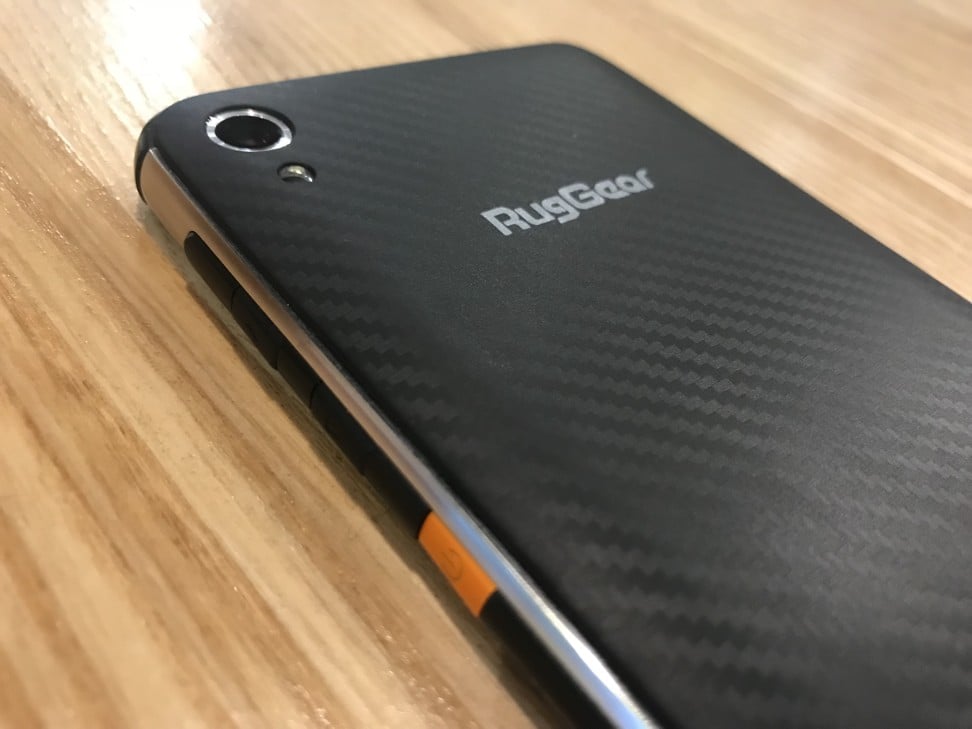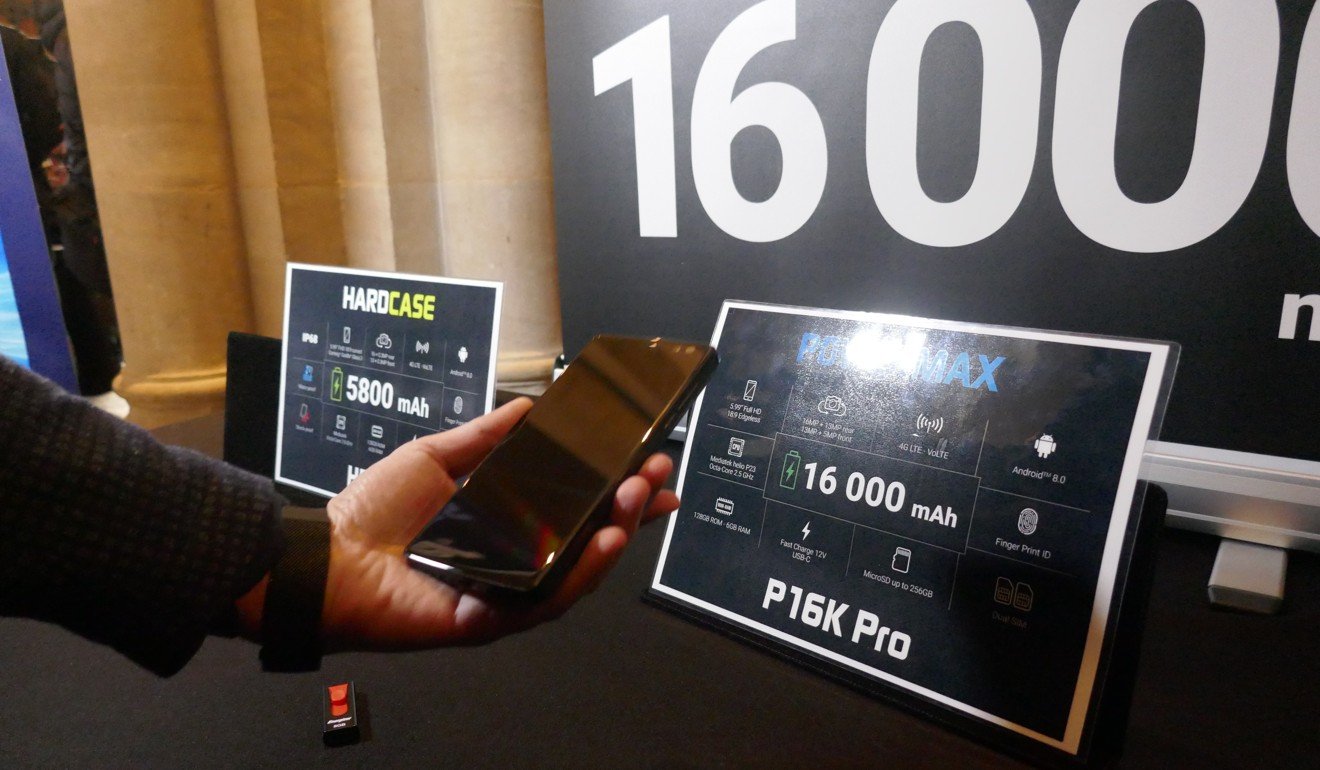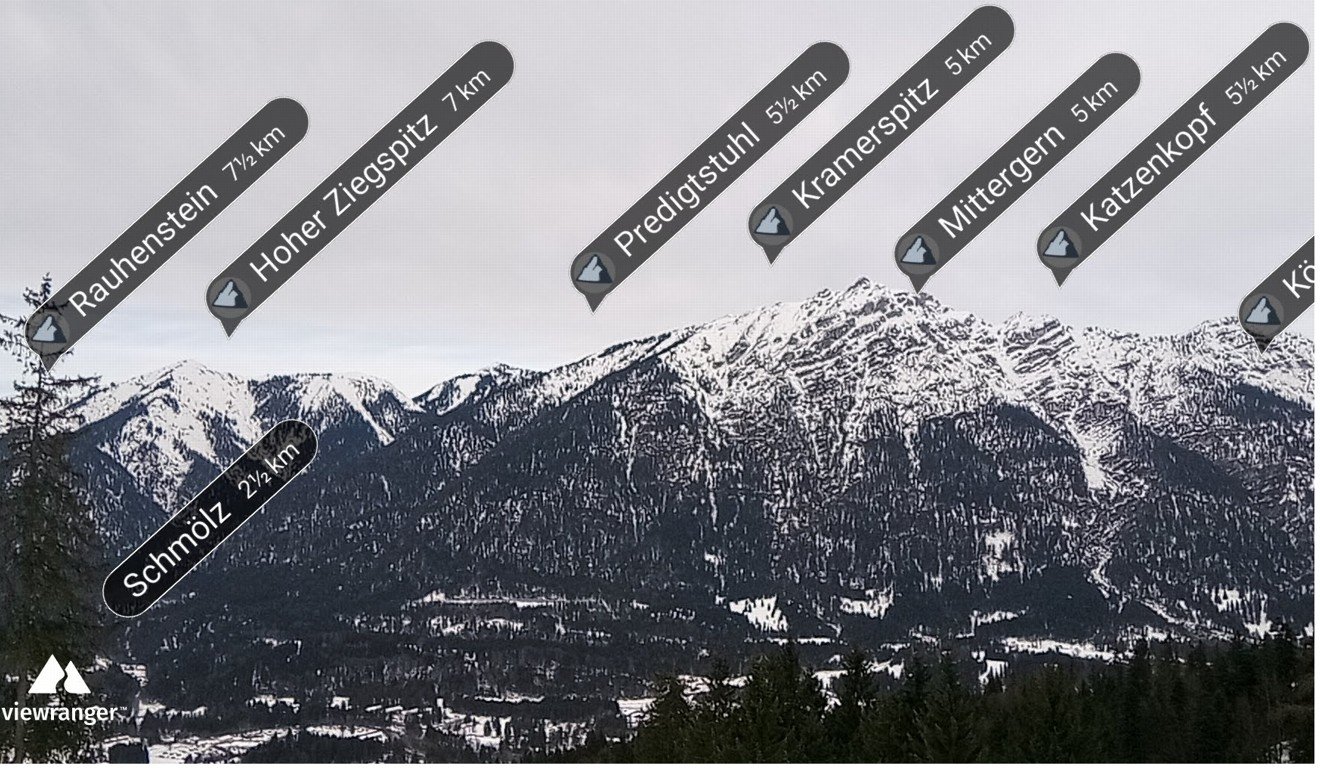
Four new rugged travel smartphones built for adventure that will keep going wherever you are
This week’s Mobile World Congress saw super-tough smartphones from Land Rover, Energizer, Caterpillar and Hong Kong’s RugGear making their mark, packing huge batteries, drop- and freeze-proof bodies, and new GPS functions
When it comes to finding the ultimate phone for their next trip, a lot of people will look for which has the best camera – and with this week’s Mobile World Congress in Barcelona seeing the launch of the Samsung Galaxy S9 Plus, Sony’s Xperia XZ2 and the Nokia 8 Sirocco, they are not short of options to choose from.
However, a new kind of device has emerged with a stronger focus on features that other travellers – think skiers, snowboarders, hikers and snorkellers – have been demanding for years. These “adventure travel phones” can survive in freezing climates, be dropped and bumped, and pack huge batteries.
How to take great smartphone travel photos: tips from Hong Kong photographers
One of the first to come along is the Land Rover Explore (US$835/HK$6,545). For most phones you can buy a case that protects against bumps, drops and scratches, but the Explore has all that built in. It can survive a drop from 1.8 metres, works well underwater – even in salt water – and it works below freezing and in extreme humidity.
It has also got a huge 4,000mAh battery and – this is where it gets good – there are plenty of options for customising this five-inch Android phone. Add an “adventure pack” module and the battery life doubles, plus the phone receives a powerful GPS patch antenna to turn it into a handheld GPS device that will work in the mountains and other remote areas.

Other modules include an additional battery and, for cyclists, a universal bike mount. It even comes with a carabiner for rock climbers, and has weather sensors, an SOS flashlight, a night red-filter mode, and sunrise/sunset times built-in.
“We see the growing customer dissatisfaction with the fragility of their mobile phone and the poor battery life in particular,” said Peter Stephens, CEO of Bullitt Group, which constructed the Explore. “The device is perfectly suited to any outdoor activity, while retaining a sleek design.”

Although it looks similar to other smartphones – save for being slightly larger – the Explore is as outdoors-proof as it gets. It was not, however, the only adventure phone making its debut in Barcelona this week. Also on show was the 5.99-inch RG850 (US$492/HK$3,847) from Hong Kong-based RugGear, which is certified to the military-grade protection standard MIL-STD 810G.
Like the Land Rover Explore, the RG850 can survive in almost any environment and can also be operated by wet fingers. It runs the latest Android 8.1 operating system, and includes dual nano SIM slots ideal for roaming.

“So far, ultra-robust outdoor smartphones have been challenging their owners to make considerable compromises, either with small, low-resolution displays, outdated Android versions, bulky cases or low-powered processors,” said Oliver Schulte, CEO of RugGear. The company also showed off the first waterproof smartwatch, which connects to 4G networks without the need for a phone.
How many people do you know who have an Apple or Samsung phone with a smashed screen?
On a similar theme was the Cat S61 smartphone from machinery and equipment giant Caterpillar, which is the first smartphone with a “nose” – an indoor air-quality sensor to alert you to high levels of pollutants. Primarily designed to survive the elements, the phone is waterproof to a depth of three metres for an hour, has a 16-megapixel camera that works underwater, and is resistant to salt water, mist, sand, vibration and pressure.
It also works at temperatures as low as minus 30 degrees Celsius (minus 22 degrees Fahrenheit) and as high as 65 degrees Celsius (149 degree Fahrenheit) for up to 24 hours. While this may seem excessive to the average tourist, anyone who has ever gone hunting for the Northern Lights will know how pathetic most smartphones are in the cold.

The S61 also has a massive battery that, at 4,500mAh, is considerably bigger than that found in the iPhone X (2,716mAh) and the Samsung S9 Plus (3,500mAh).
However, packing the biggest battery at the Barcelona event was the six-inch Energizer Power Max P16K Pro (US$738/HK$5,774, out September), which comes with a massive 16,000mAh power source.
“It’s enough for about two or three days of normal use,” says Julien Emard from Avenir Telecom, which licenses the Energizer brand.

Emard says that the reason behind the rise of more rugged phones is simple. “How many people do you know who have an Apple or Samsung phone with a smashed screen? We’re not saying ours is unbreakable – no phone is unbreakable – but screens are so expensive to replace.”
Back to the Land Rover Explore, there is one thing the phone offers that the others do not: augmented reality. Its sensitive GPS mapping can tell exactly where you are as well as what direction you’re facing.

Open the camera and point it at, say, a mountain range, and it will tell you the names of each mountain peak. It will also put arrows on the screen to show you exactly what direction you should head. Such sensitive topographic mapping comes courtesy of the ViewRanger Skyline app, which is integrated into the Explore.
Seven of the best apps for smartphone travel photography - for shots in the dark, at sunrise and more
Adventure travel phones might be a hard sell to Apple devotees addicted to iOS, but for outdoorsy Android users, the everything-proof factor could be hard to resist.

